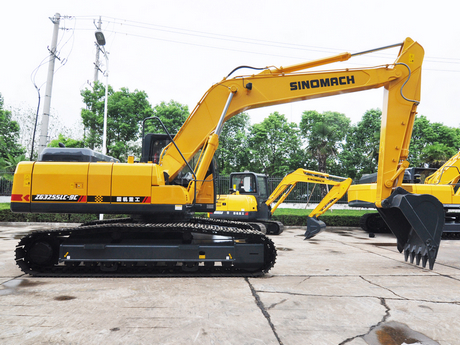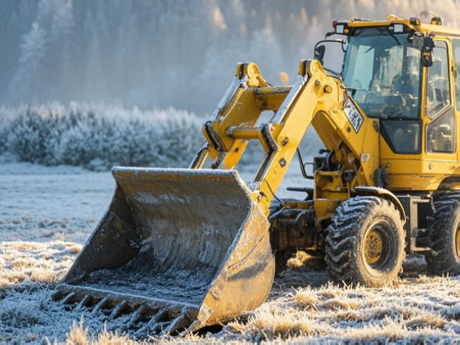On busy construction sites, excavators, as
important construction equipment, their stable operation is crucial to the
progress of the project. However, recently, excavator track derailment problems
occur frequently. Not only affects the construction efficiency but also
brings trouble to the operator. So, why do excavator tracks derail frequently?
And how to quickly solve this problem?
The truth behind derailment often comes
from a combination of factors: dirt, stones and other impurities in the
external environment may intrude into the tracks, coupled with rugged road
conditions. They result in uneven force on the tracks, thus triggering
failures. In addition, the operator's skill is also a key factor, turning or walking
when the operation error, may become the cause of derailment. At the same time,
the balance of four wheels and one belt, the effectiveness of the tensioning
system, the wear of the chain guard, the natural wear of the track and its
components, and the wear of the drive motor gear ring all directly affect the
stability of the track.
When faced with the plague of excavator
track derailment, the bucket can be utilized for installation first. In the
preparation stage, it is necessary to remove the chain hitting nozzle and
release the grease to make the tracks slack. Then, according to the specific
situation of track derailment, the bucket and traveling device are flexibly
used to cooperate. If the track slips outward, the bucket can be used directly
to push it to the guide wheel or drive wheel, and then rotate the drive wheel
to complete the installation. If the track slides outward, it is necessary to
pull it to the specified position with the aid of a wire rope. Throughout the
process, it is necessary to ensure that the excess slack in the track is at the
mounting place for ease of operation. After the guide and drive wheel positions
are installed, the support wheel position can be accomplished by jacking up the
idler track.
Another method is to utilize a steel pipe
or shovel for installation. First of all, keep calm after discovering the
derailment and put grease first to reduce the resistance. Then, locate a longer
steel pipe or shovel as a tool at the construction site. Next, use the
principle of leverage to gradually adjust the position of the track by applying
force to the steel pipe through the bucket. Pay special attention to the chain
at the sprocket wheel, and utilize the synergistic effect of the steel pipe and
the bucket to gradually pull the track back to the right track. During the
process, you need to carefully feel the occlusion of the track and wheel teeth,
and adjust the bucket position at the right time.
Through the above methods, even in the face
of tricky excavator track derailment problem, can quickly restore its normal
operating state, so that your site production again on track.





























